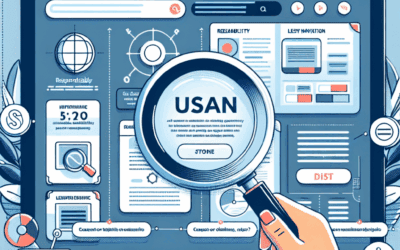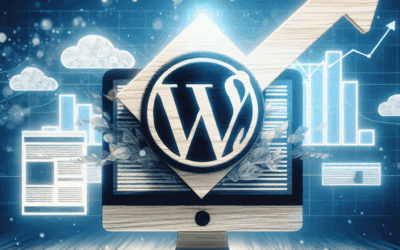As a business owner, you understand the importance of having a strong online presence. Your website is often the first point of contact for potential customers, making it crucial that you are able to convert visitors into leads and ultimately into paying customers. Maximizing your return on investment (ROI) requires a comprehensive approach to website conversion. Here are some tips to help you improve your website’s conversion rate and increase your ROI.
Understanding Your Audience
The first step in improving website conversion is to understand your audience. Who are they? What are their needs and pain points? By understanding your target market, you can tailor your website content and design to better connect with your audience. Use analytics tools to track user behavior and gather valuable insights about your visitors.
Clear and Compelling Call-to-Actions
Your website should have clear and compelling calls-to-action (CTAs) that guide visitors towards the desired action, whether that be making a purchase, signing up for a newsletter, or requesting a quote. Use strong, action-oriented language and make sure your CTAs stand out visually on the page.
Optimizing Landing Pages
Landing pages are where conversions happen, so it’s important to optimize them for maximum impact. Make sure your landing page is relevant to the ad or link that brought the user there, and ensure that it is easy to navigate and visually appealing. Include testimonials, trust signals, and a clear value proposition to encourage visitors to take action.
Mobile Optimization
With the increasing use of mobile devices, it’s essential that your website is optimized for mobile users. Make sure your website loads quickly on mobile devices and that it is responsive to different screen sizes. Test your website on various devices to ensure a seamless user experience.
A/B Testing
A/B testing is a powerful tool for improving website conversion rates. By testing different variations of your website elements, such as headlines, CTAs, and images, you can gather data on what resonates best with your audience and make informed decisions about how to optimize your website for higher conversions.
Personalization
Personalization is key to connecting with your audience on a deeper level. Use data from user behavior and preferences to personalize content and offers for individual visitors. Personalized experiences can lead to higher conversion rates and increased customer loyalty.
Quality Content
High-quality, relevant content is essential for engaging visitors and encouraging them to take action. Make sure your website content is well-written, informative, and tailored to your audience’s needs. Use visuals, such as images and videos, to enhance the user experience and keep visitors on your site longer.
Conversion Tracking and Analysis
Tracking and analyzing your website’s conversion rate is crucial for understanding what is working and what isn’t. Use analytics tools to monitor key metrics, such as bounce rate, time on page, and conversion rate, and make adjustments based on the data. Continuously test and refine your website to optimize for maximum conversions.
Conclusion
Improving website conversion is a continuous process that requires a strategic approach and ongoing optimization. By understanding your audience, creating clear and compelling CTAs, optimizing landing pages, and implementing A/B testing and personalization, you can increase your website’s conversion rate and maximize your ROI. Remember to track and analyze key metrics to identify areas for improvement and make data-driven decisions to drive success. By implementing these tips, you can take your website conversion to the next level and achieve greater business growth and success.
Searching for professional website design? View our Web Design Service
Check out all our Digital Marketing Services
Schedule a Web Design Strategy Call




0 Comments